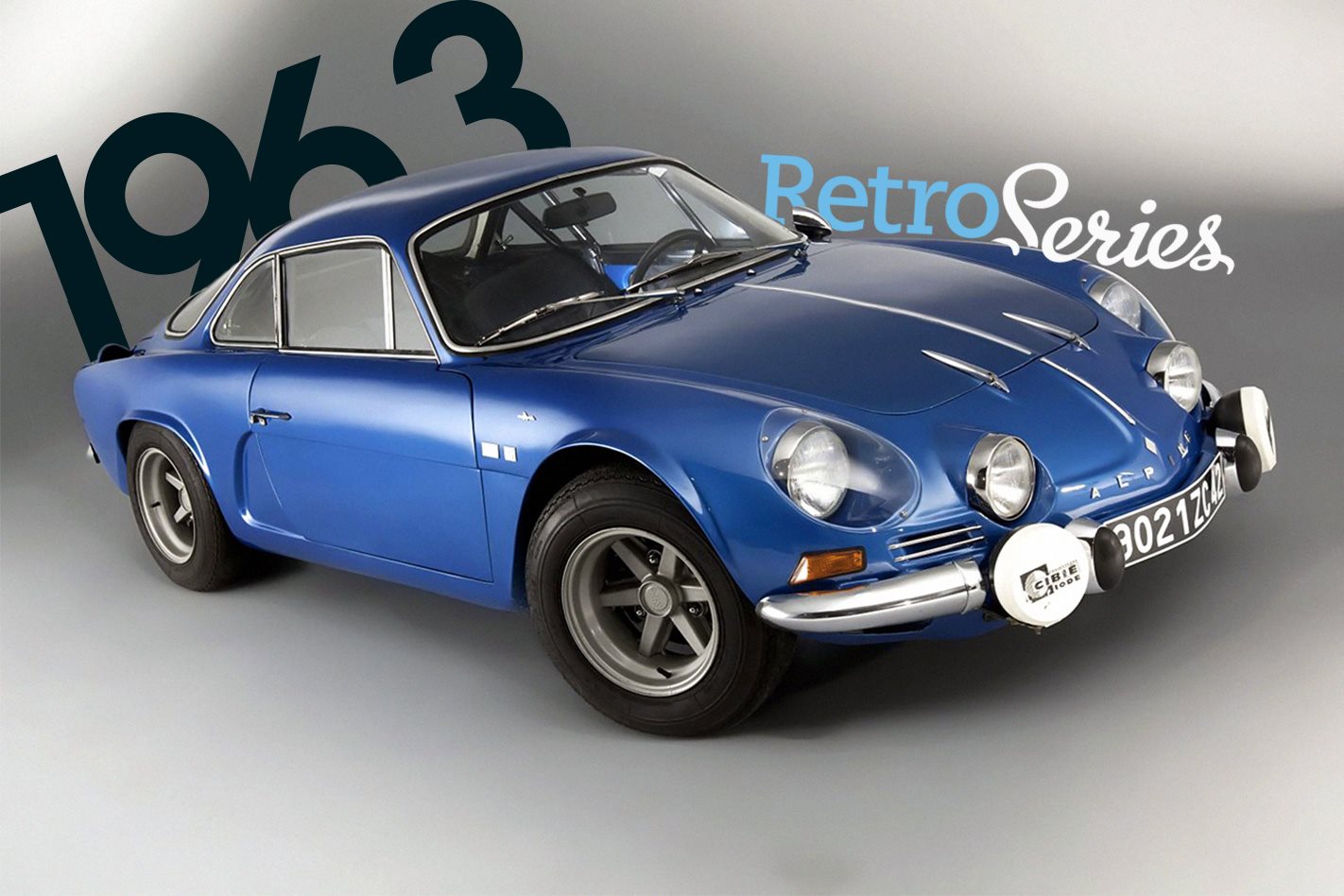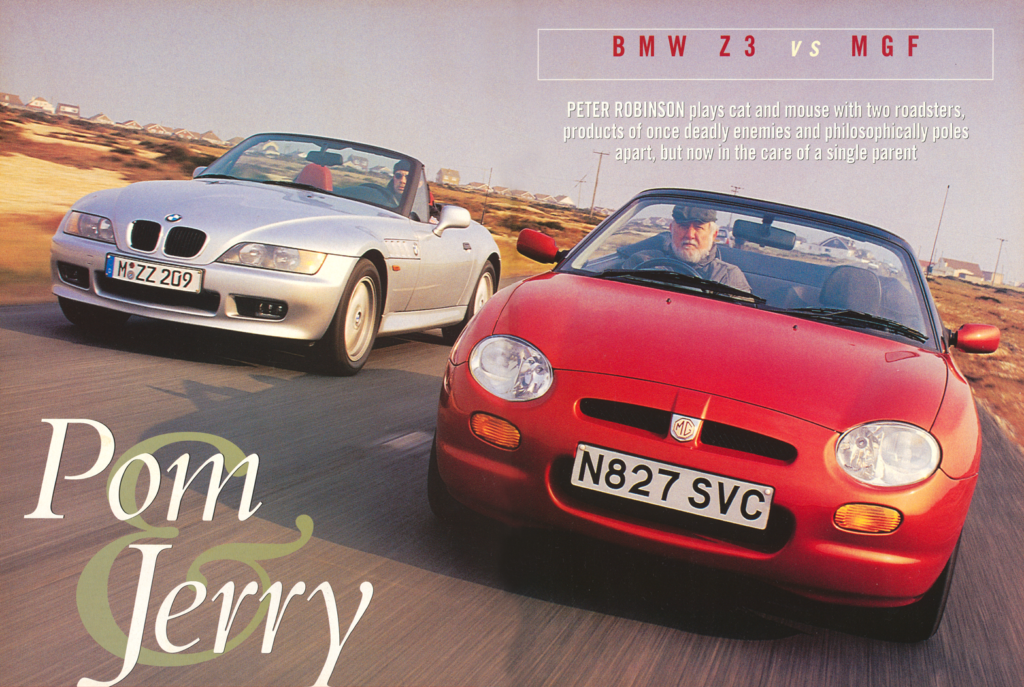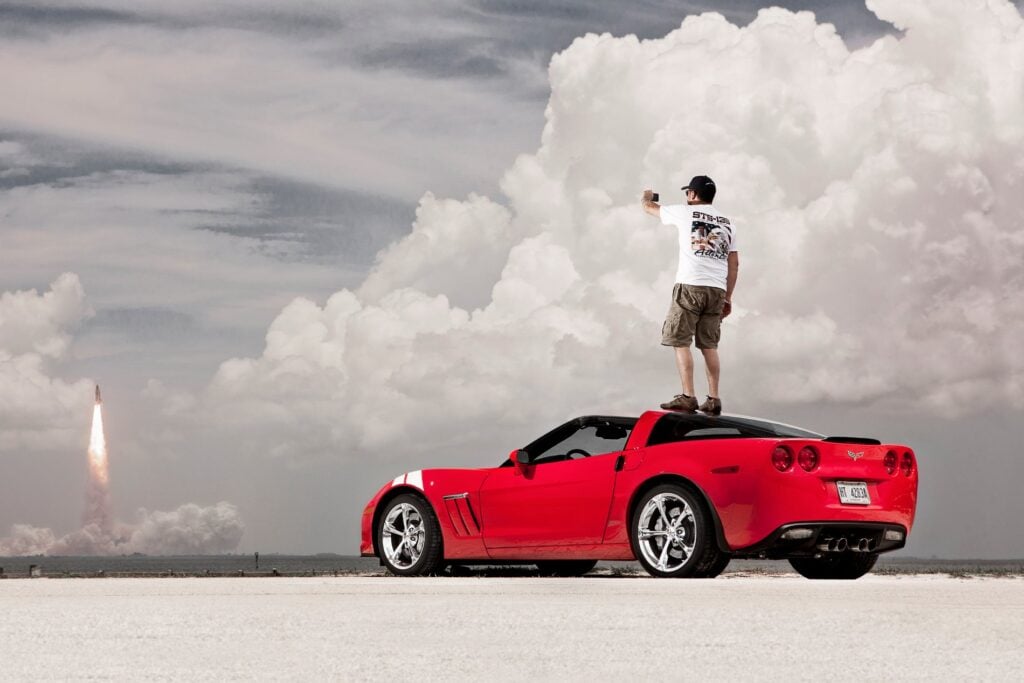IN 1952, a talented engineer and racer founded a company that would become legendary for combining lightweight, coupe bodies with proprietary mechanical parts, to create truly world-beating sports and racing cars.
Colin Chapman and Lotus? Nope – wrong side of the English Channel.
Jean Ru00e9du00e9lu00e9 (1922-2007) was the son of a Renault concessionaire in Dieppe, France.In 1950 he started rallying in a Renault 4CV (aka 750) which, after constant development, in 1954 carried him to class victories in the Mille Miglia, the Liège-Rome-Liège, the Tour de France Automobile and the Coupe des Alpes.

Renault’s new-for-’62 sedan, the rear-engined R8, prompted a further evolution: the landmark Alpine A110, launched at that year’s Paris show. The tiny, low-slung 2+2 coupe had almost Ferrari-like sex appeal, despite its sourcing of proprietary trim parts from Citroen and Simca, as well as the R8.
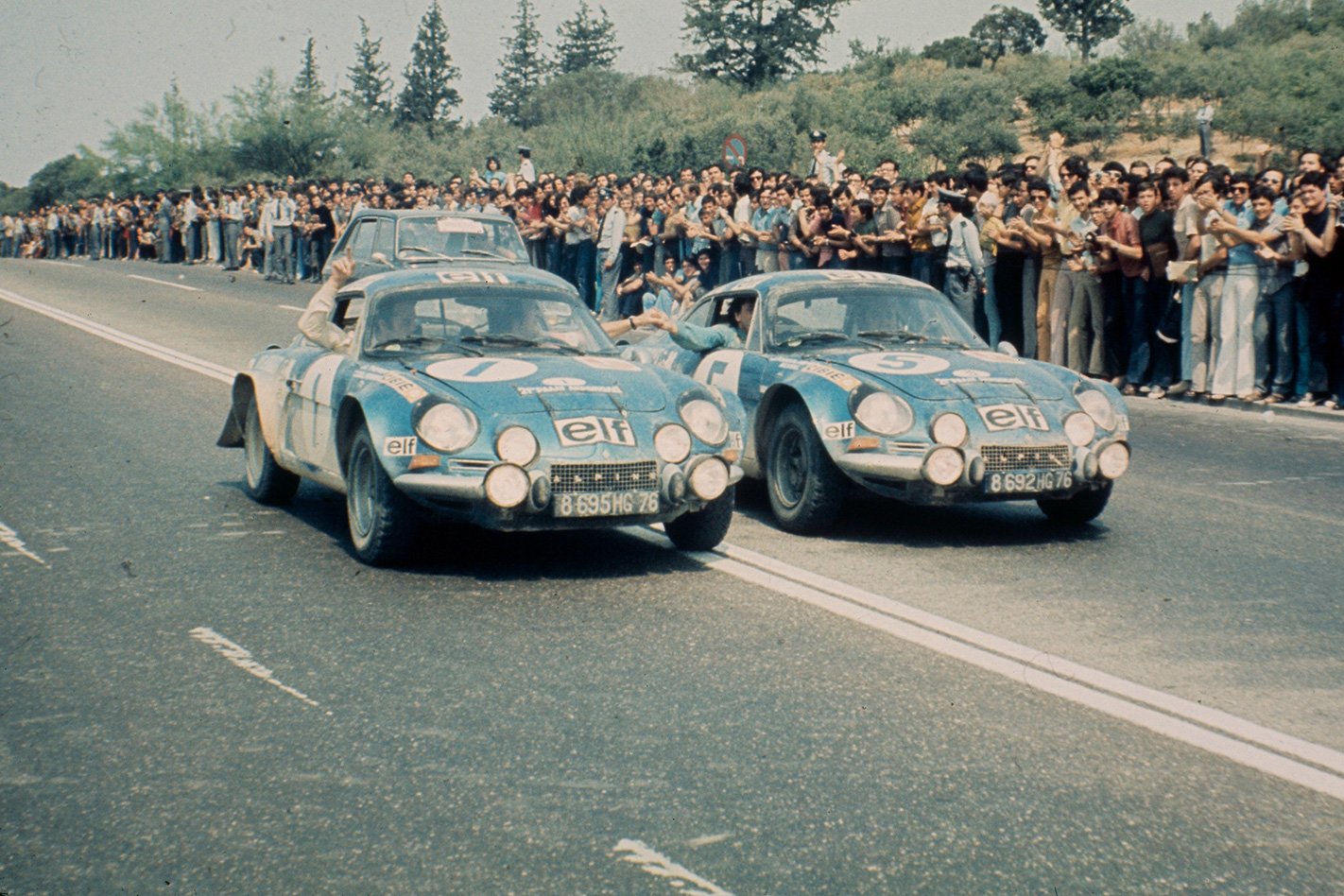
The A110’s steel monotube backbone chassis and fibreglass monocoque barely burdened them, with comical kerb weights of just 565-750kg. On a 2100mm wheelbase, and with the engine longitudinally aft of the swing-axle rear suspension, the A110s were a handful; but in the right hands, A110s were soon storming to outright victories in major rallies. After snaring the top two places in the 1971 Monte Carlo Rally, a podium sweep followed in 1973 – en route to an inaugural World Rally Championship win.
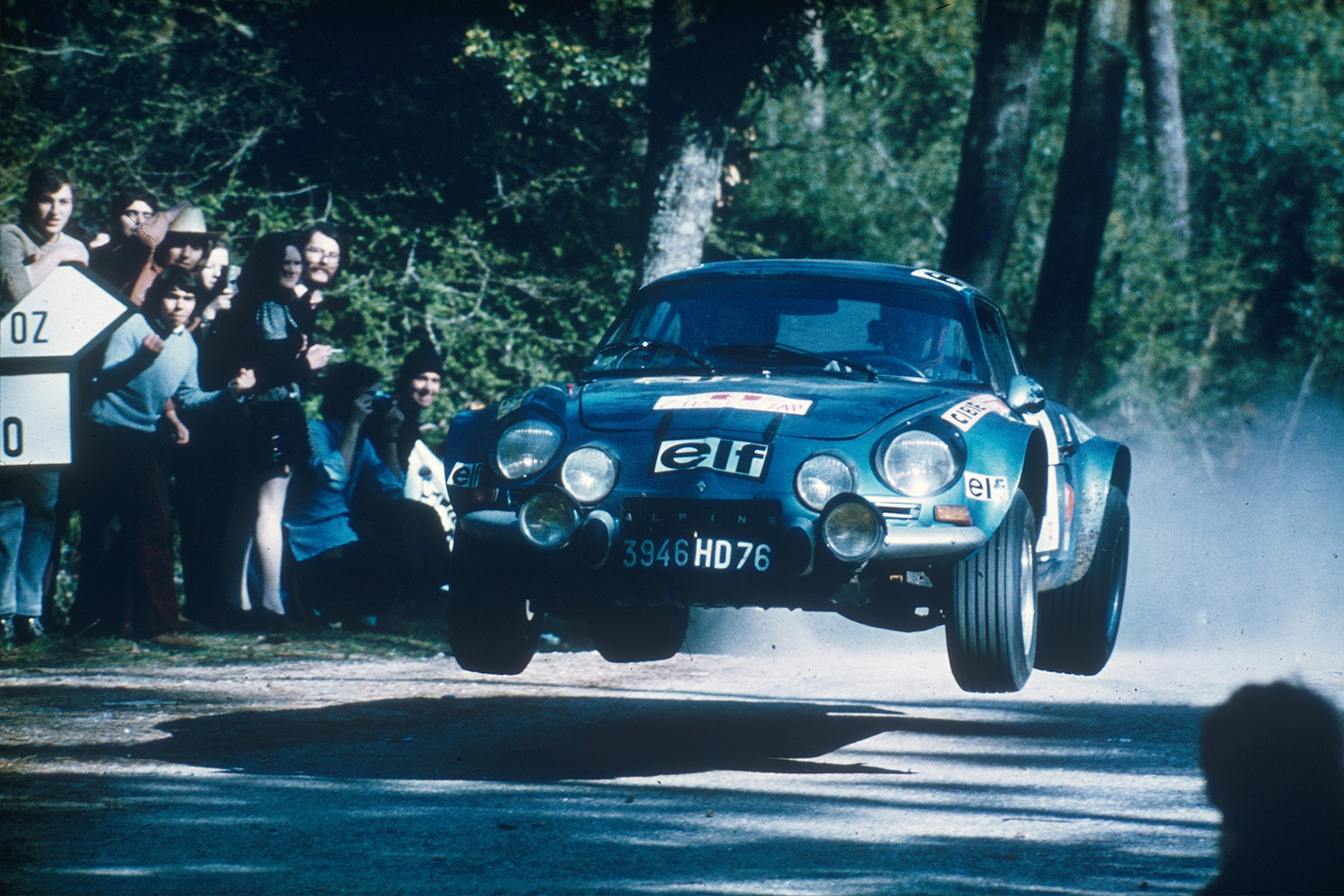
Powered by Renault
Renault’s ‘C1C’ five-bearing, four-cylinder engine (1962) featured a cast-iron block with a high, side-mounted camshaft operating short pushrods. Capacities (and outputs) climbed from 956cc (41kW), 1108cc (49kW, or twin-carb Gordini 71kW) to 1296cc (89kW). New A110 ‘1600’ models took Renault 16TS’s 1565cc all-alloy unit; the 1600 S (1970-’73) pictured made 103kW at 6000rpm and 145Nm at 5000rpm, giving 0-100km/h in about 7.0 seconds.
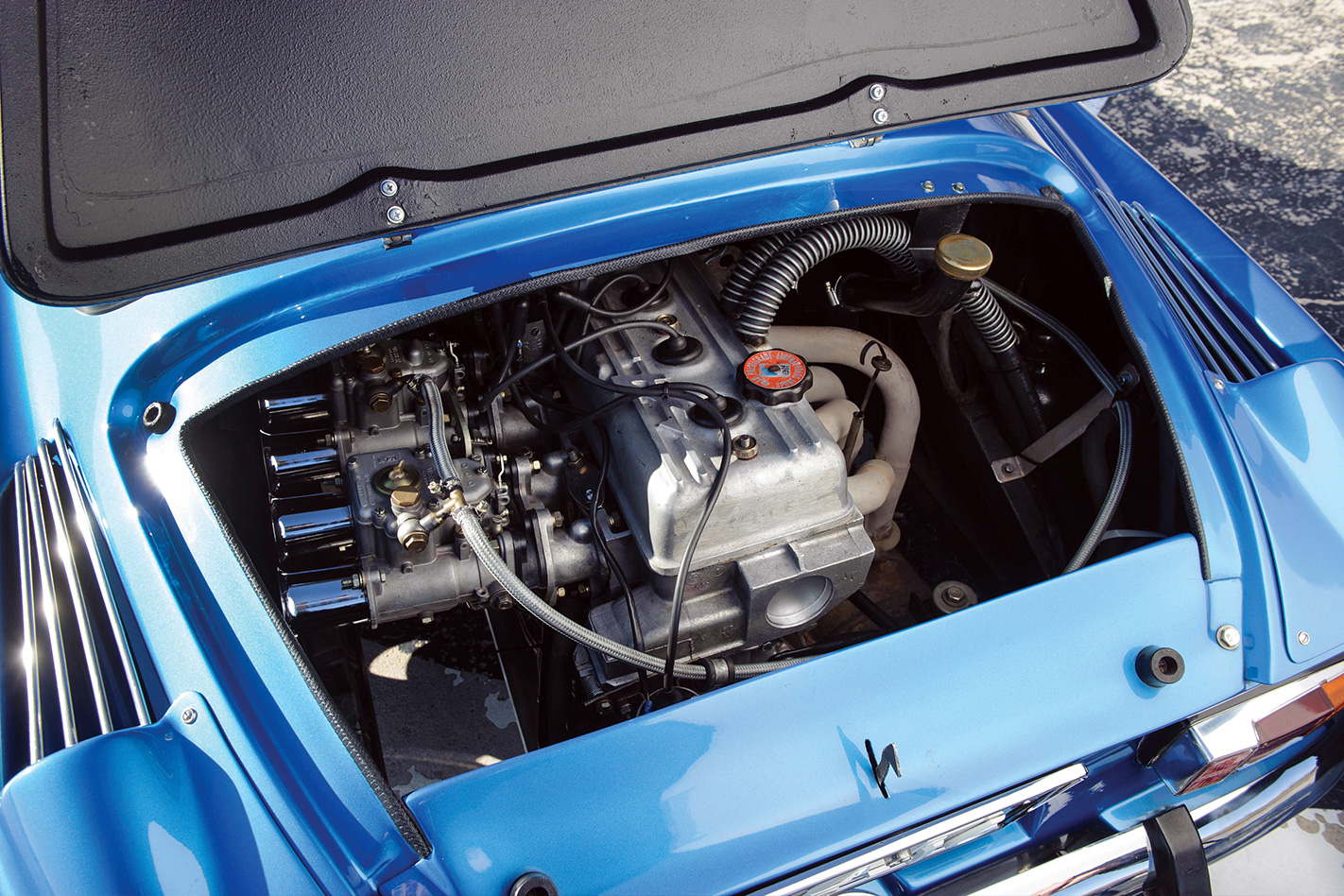
Like its predecessors, the A110 used a steel backbone chassis, with front wishbones and coil springs and rear swing axles with coil springs, topped by a very rigid fibreglass monocoque body, comprising bonded top and bottom halves. Four-wheel discs sat inside 13-inch alloys. Dimensions were diminutive – wheelbase 2100mm, overall length 3850mm – and a sub-750kg kerb weight made for entertaining handling.
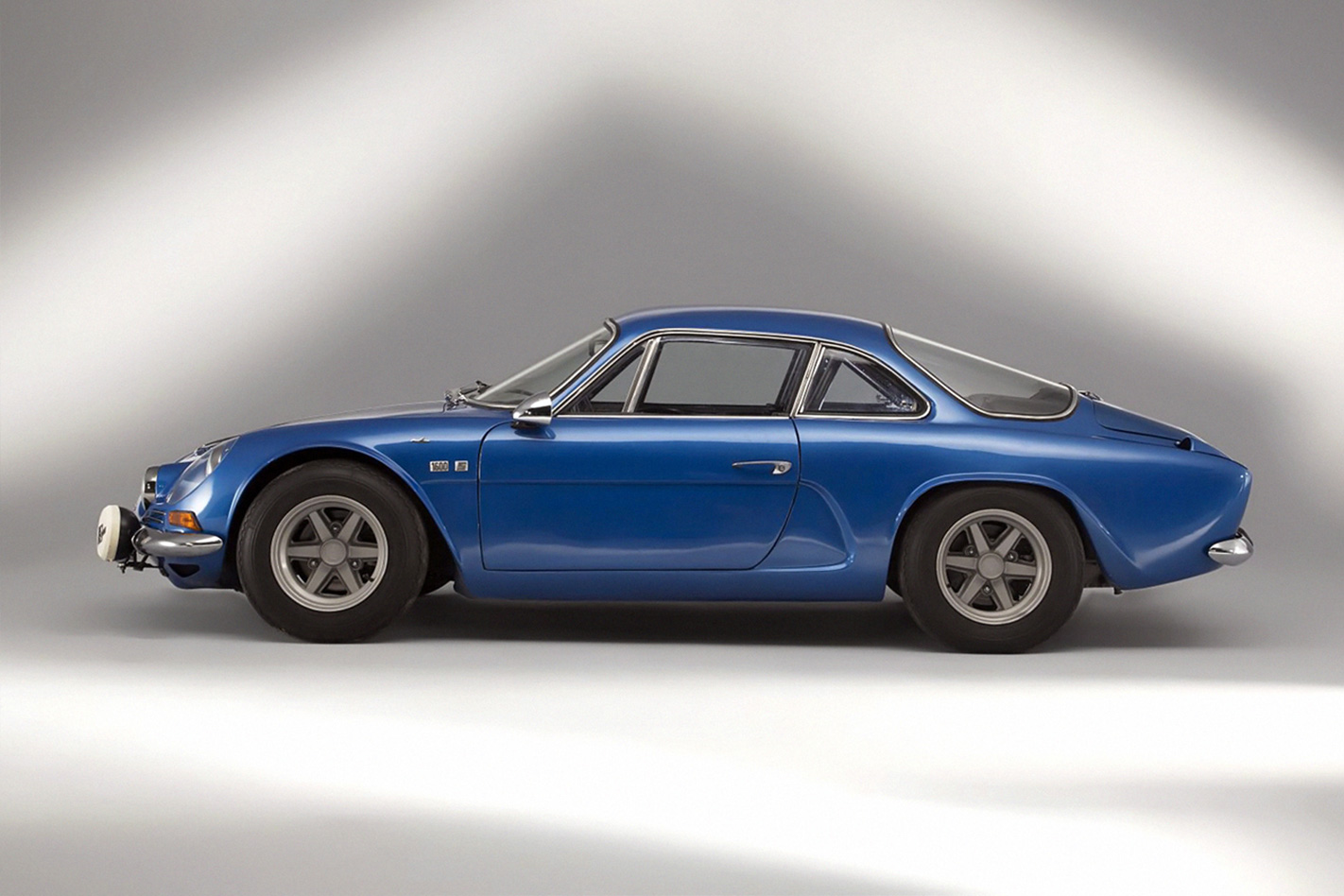
Snug but fit
Despite the A110’s tiny size, including a roof height of just 1130mm, two small adults and two small kids could still fit inside (albeit, minus proper seats for the latter). Driving position was low and tight, with deep one-piece buckets, intrusive wheelarches, offset pedals (only ever in left-hand drive), and a fixed steering wheel ahead of a handsome and comprehensive Veglia instrument cluster. Diamond-stitched black vinyl upholstery was functional and attractive.


